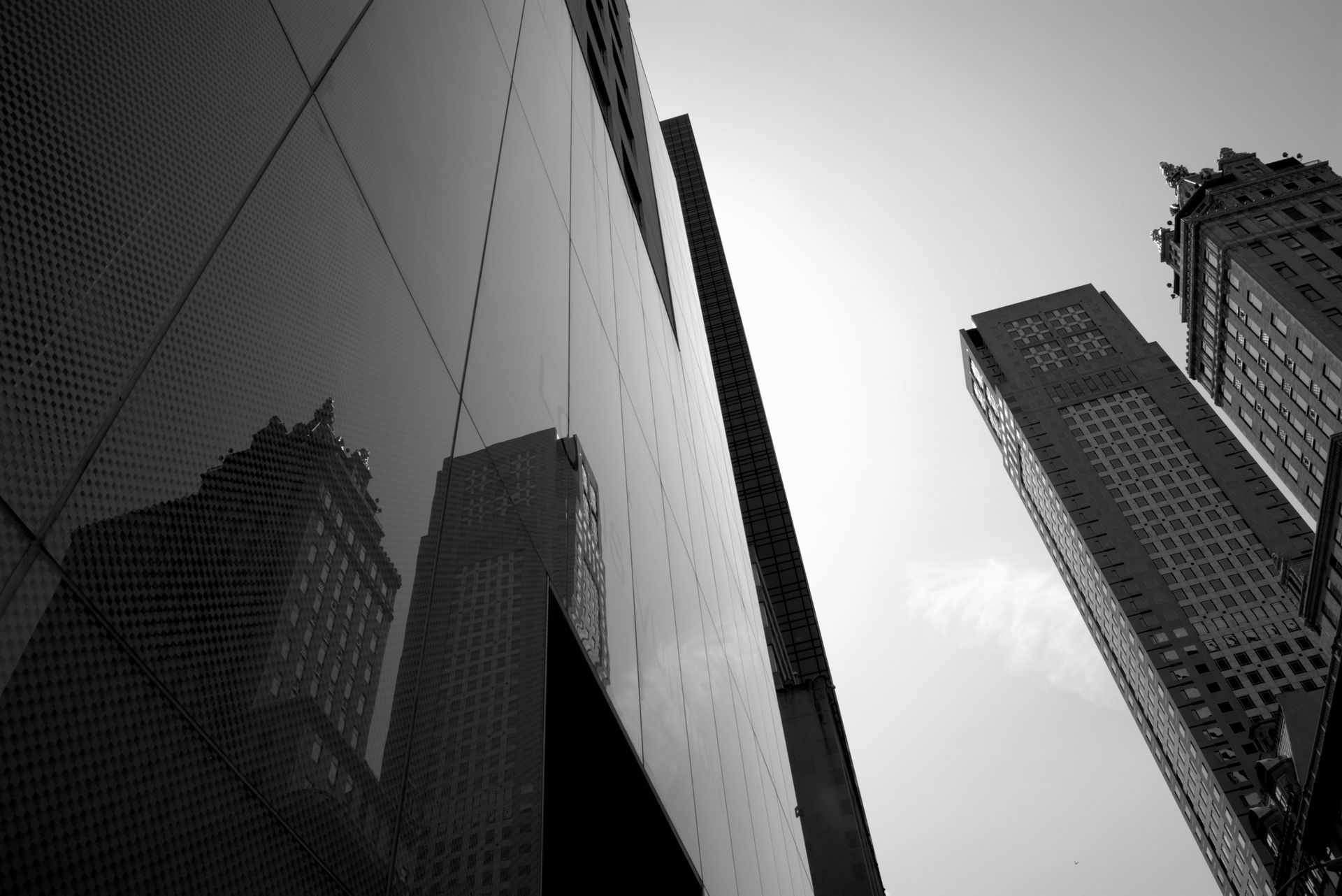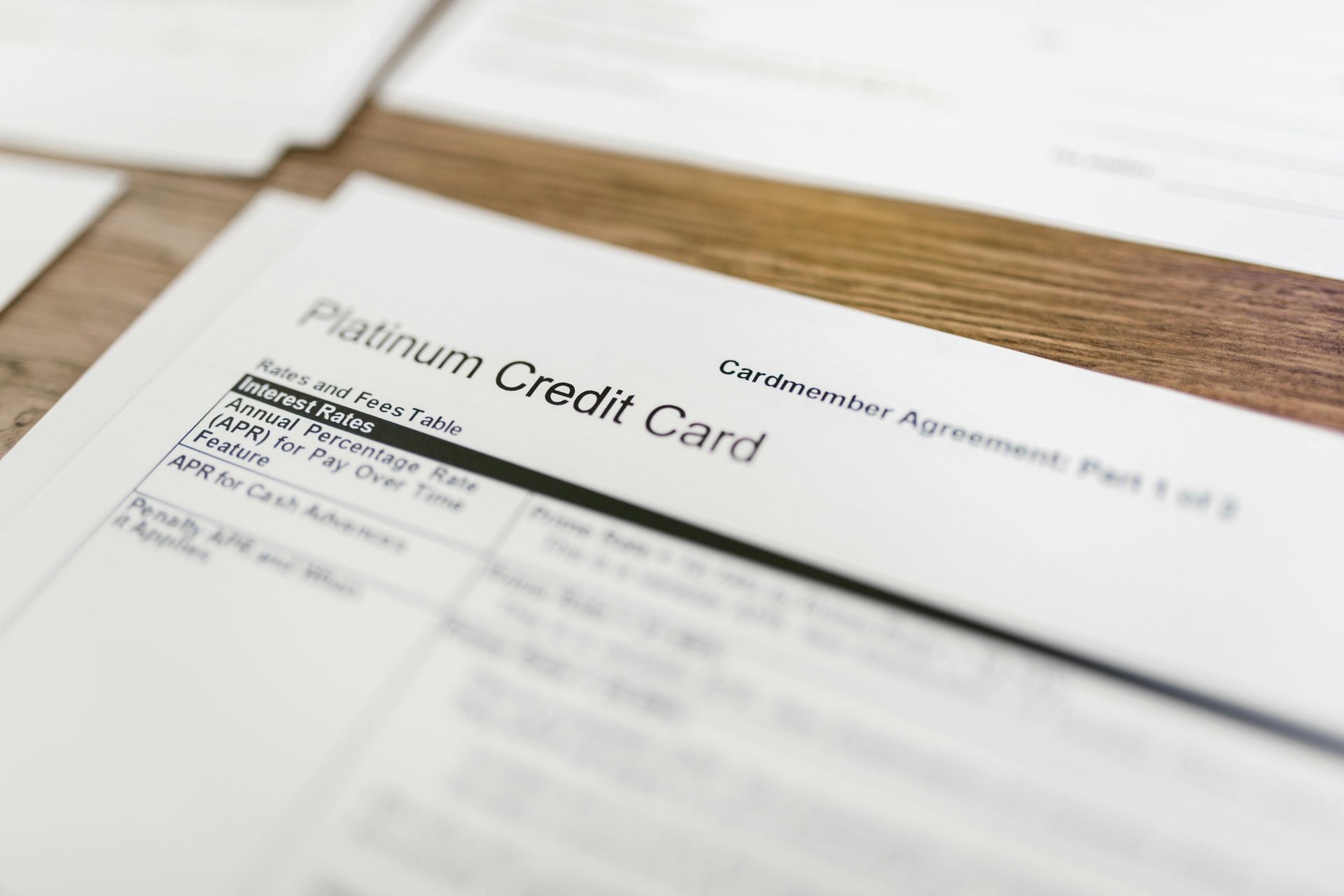What is the Best Flooring for Your Rental Property
As a landlord, one of the first and most notable expenses you incur when a tenant moves out is the flooring. This is particularly true if you’ve only recently purchased the property and have not yet cycled through a new wave of tenants.
Tearing out old, worn-down flooring can leave you wondering what to put in its place, particularly because it can significantly change your rental's look, feel, costs, and functionality. So, what are the best flooring options for your rental property?
Let’s take a look at some options that landlords and managers consider.
Carpet
Let’s start here because carpet is a very common choice in many rentals, especially older ones that have a lot of opportunity for improvements and upside. Carpet can be a great choice, particularly for bedrooms, because it provides warmth, is comfortable, dampens sound, and invites a sense of coziness many people love. Plus, bedrooms don’t usually see the heavy foot traffic (with shoes) that other areas do (such as the living room).
The downside is that, overall, carpet simply requires more care than other options, meaning it is not the most cost-effective or time-efficient option out there. After all, it is not waterproof, it stains easily, and it holds odors, so you may find that you need to replace the carpet every year or two (especially if you allow pets).
If you do use carpets in your unit, you might want to stay away from luxury carpets. Despite the high quality, they are typically not worth the cost to clean, repair or replace every year or two.
Instead, go with a carpet made of polyethylene terephthalate polyester or triexta material. These are much more durable and stain-resistant. Also, pay more attention to the padding used underneath the carpet.
Cheap padding will quickly condense and deform, while a higher quality pad will make even construction-grade carpet feel lusher as well as increase its longevity.
Laminate
Laminate flooring gives you the appearance of hardwood floors without the immense cost. It’s also a very low-budget option since it’s essentially just a high-resolution photo of hardwood printed onto a fiberboard backing and covered by a scratch-resistant topcoat.
This type of flooring was a very popular option in rental units when it was first introduced but nowadays is less desirable since it is very prone to warping and damage from moisture and foot traffic, thanks to the absorbency of its inner layers.
This means that it should not be mopped often and is prone to damage from pets or house plants. We generally avoid installing laminate floors in our rental units.
Tile
Now let’s talk about tile. Tile is more often seen in bathrooms and kitchens, though installing tile throughout a rental will last a long time and has a unique character. It is also very durable; it’s easy to clean and helps to keep your apartment/home much cooler (which is great for warmer climates). Tile is also beneficial because it can resist moisture and dirt as long as it is properly sealed.
The downside can be that they are a bit more difficult and expensive to install, they are prone to chipping and cracking (though it is relatively easy to replace single pieces at a time), and they can sometimes make a space too cold, especially if used in the living areas.
You might also find that they are not as comfortable to walk on as other options, and the grout in between the tiles can look dirty and unattractive very easily. One last thing to note is that a floor covered in tile may be too heavy for rooms or rental units on the upper floors.
Hardwood
Hardwood is costlier and (to some) a more luxurious option. It feels more natural and can make a space feel more upscale, which sometimes even adds value to the property; however, you might find that it’s quite pricey compared to other options, and it’s susceptible to scratches, scuffs, and moisture.
You are able to refinish and re-stain a hardwood floor, though this can be costly as well. Still, with regular care, hardwood flooring can last for a very long time.
Overall, hardwood is typically recommended in your own personal home or very high-end rentals but not as much for real estate investing at scale, where you will see many tenants come and go.
Luxury Vinyl
In modern rental units, you often hear of Luxury Vinyl Tile (LVT) and/or Luxury Vinyl Plank (LVP). These have become the go-to choices for many real estate investors because of their long-term value. They are designed to look very similar to actual wood, even mimicking its texture, so they are a very attractive and modern option for your rental units. Luxury vinyl is waterproof and works well in bathrooms and kitchens alike, but many investors choose to install them all throughout their entire units.
The durable seal on some luxury vinyl planks can last up to 10 or 20 years, and they are designed like puzzle pieces, which not only makes installation easy but also makes replacing very small sections a breeze. Just be sure to go with a top-layer thickness of 12mm or greater to get the best durability.
One downside is that Luxury vinyl flooring is not the cheapest option available, as it can run several dollars per foot. Still, many investors feel that the durability, waterproofness, and ease of replacing it are worth the added cost upfront.
Linoleum
Linoleum flooring is very similar to vinyl, but it is a more eco-friendly option because it is made from organic materials and is thus biodegradable. It can feel more comfortable to walk on, and it’s also a bit cheaper than luxury vinyl.
Some cons with linoleum are that it can dent or scratch much more quickly than vinyl, and it may turn yellow or darken over time with consistent exposure to sunlight. They are also not recommended for moisture-prone areas.
Conclusion
In our opinion, the best bang for your buck is going to be the luxury vinyl flooring used throughout the rental unit. It looks great, it’s easy to install and replace, it lasts a very long time, and it allows investors to worry less about damage and odors caused by pets.
If you have any questions or comments, you can also feel free to reach out to us through our website at www.CoastlineEquity.net.
More about Coastline Equity
Property Management Services
 Learn More
Learn MoreOur team will handle all your property needs, offering specialized services such as in-depth inspections, liability management, staff recruitment and training, and round-the-clock maintenance—expert support tailored to the unique requirements of your real estate assets.
About Us
 Learn More
Learn MoreOur dedicated team transforms property management challenges into opportunities. From tenant management to streamlined rent collection and proactive maintenance.
Property Management Excellence
 Learn More
Learn MoreAs a contributing author for Forbes, Anthony A. Luna brings a wealth of expertise and knowledge in the property management industry, real estate sector, and entrepreneurship, providing insights and thought-provoking analysis on a range of topics including property management, industry innovation, and leadership.
Anthony has established himself as a leading voice in the business community. Through his contributions to Forbes, Anthony is set to publish his first book, "Property Management Excellence" in April 2025 with Forbes Books.
Insights
 Learn More
Learn MoreLearn more about Coastline Equity's property management practices & processes and how we support our clients with education and a growth mindset.
Coastline Equity Property Management is your partner as you continue to learn and grow.
News & Updates
Property Management Made Easy
Los Angeles
1411 W. 190th St.,
Suite 225
Los Angeles, CA 90248
Temecula
41743 Enterprise Circle N.,
Suite 207
Temecula, CA 92590
P.O. BOX #1489
TORRANCE, CA 90505






